裏の家
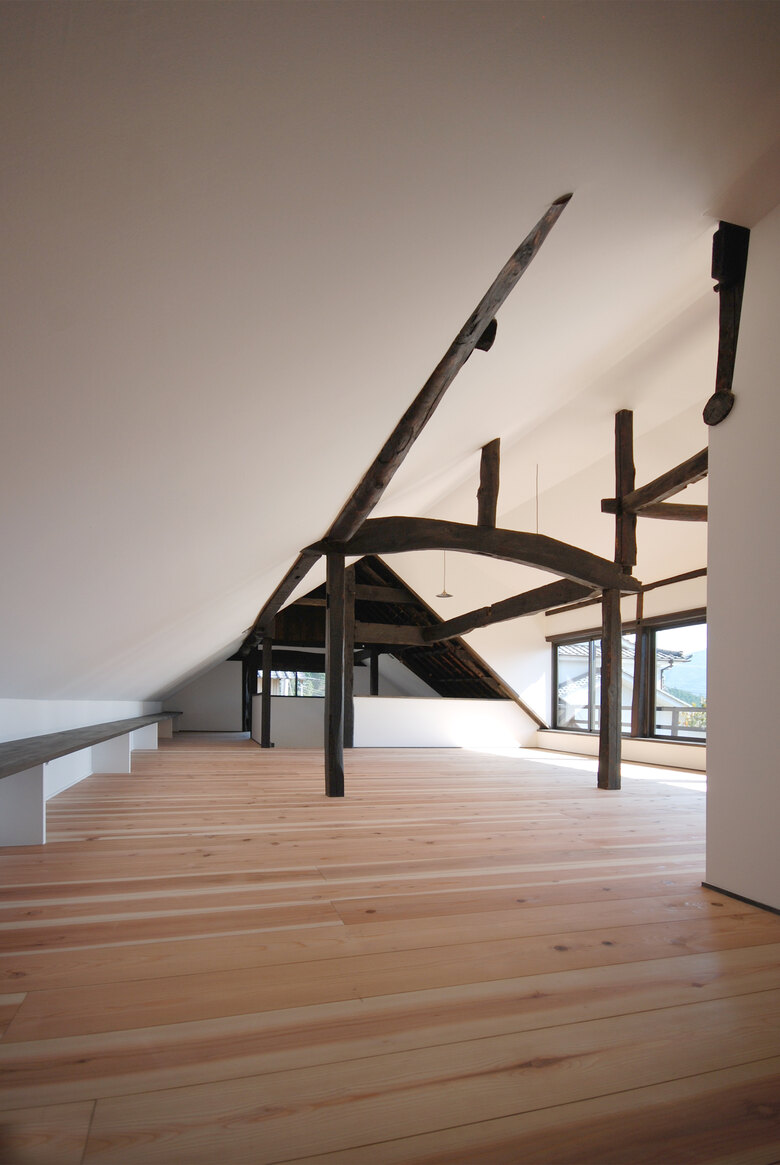
お施主さんの家の裏に、今は使われていない築100年を越える古民家がある。
通称「裏の家」。現在の住まいの老朽化に伴って、そちらへと「住み替える計画」である。
今回は、今住んでいる住宅の建て直しを依頼されたが、新たに取り壊して新築を建てることへのネガティブさが拭いきれなかった。今ある生活にマッチした周辺環境の状態に対して大胆な変化を加えることへのネガティブさが拭いきれなかった。ここには100年以上に渡る「蓄積された時間」「家族の時間」があり、これを置き去りにして、別の次元で物事が進んでいくことに寂しさを覚えた。
そこで、手が付けられないで、物置きとなっている築100年以上の古民家への「改修住み移り計画」を提案したところ、面白みを感じてもらいプロジェクトはスタートした。3世代に渡って住み続けて来た古民家は、親戚家族みんなの中にそれぞれの想いが、今も生きている事を知った。
この古民家をこのまま物置きとして放置することもないだろうと思った。
敷地の中を、時代時代で住み移っていく土地の新陳代謝が繰り替えされると思白いものだ。
そこに以前住んでいた人たちの思いを、古民家を起点にそれぞれ更新していけることは魅力である
At the back of the owner’s house is an old private house built over 100 years ago that is unoccupied.
Known as “The House in the Back”, the plan was to move into this house as the current residence deteriorates.
These kind of premises in regional cities in Japan are common, and it is possible to see several buildings mixed together on one site.
This time, we were asked to rebuild the house the client currently lived in but could not shake off the negativity of demolishing it and building a new one. The negativity of making bold changes to the state of the surrounding environment, which matches the way life is now, was hard to shake off. There are more than 100 years of accumulated time and family time here, and it was sad to see this being left behind and things moving on in another dimension.
The project started when we proposed a renovation and relocation plan for a 100-year-old private house that had been left unattended and was being used as a storage space at the back of the house.
The old private house is a starting point for updating thoughts and feelings. We learned that it had been lived in for three generations, and is still alive within the thoughts of each relative and family member. We knew we did not want to leave this old private house as it is as a shed.

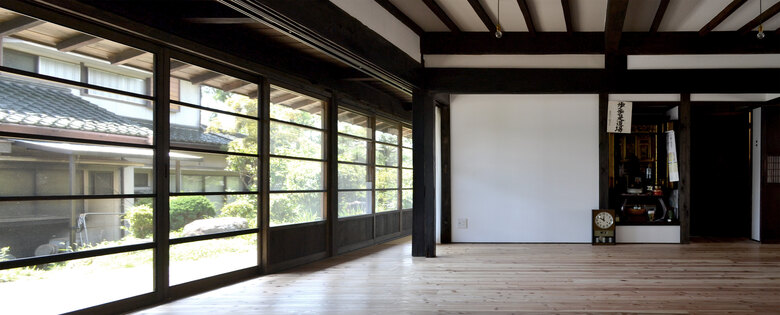
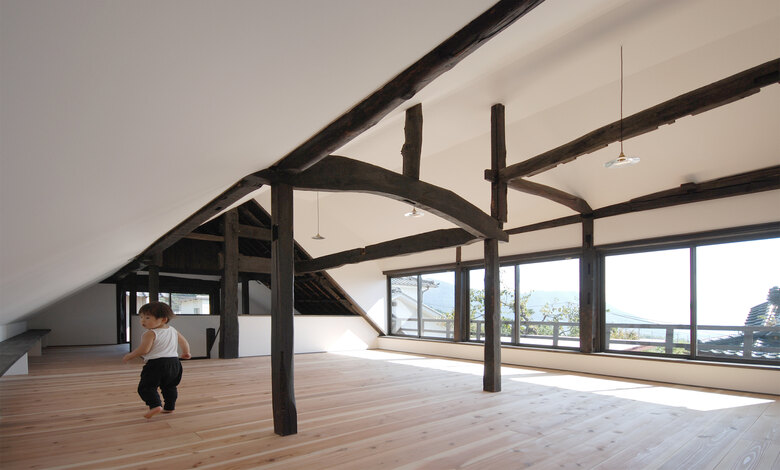
古民家は、物置きとなっていたこともあり、呼吸していない印象を受けた。
薄暗く空気の留まりきった状態を打破し、光と風が行き交い、この「裏の家」が、全身で深呼吸をするような家をめざした。
そこで出来る限り、南北と東西に風と光の抜ける空間を意識した。
また、生活の内容では、おばあちゃんと孫夫婦が住むという生活環境にも応える事が求められた。
1階の日当たりの良い南西の角におばあちゃんの寝る部屋を用意し、日中は1階の広いリビングで過ごすことを考慮した。そして、その両者を結ぶ動線上にトイレを設け、生活に無理のない計画を意識した。
孫夫婦は、2階を間仕切りのないワンルームとして、広く伸びやかな古民家の持っていた空気を壊さないように用意した。生活の違いを共存させながら計画を進めた。
この土地では、今まで既存住宅の裏庭だったところが、現在メインの表庭となった。
または、南の既存住宅との間に生まれた広い中庭とも言えるだろう。
それぞれの場所の呼び名が変わり、見え方も以前とは違うものとなった。
けれど、それは以前からそこに在り、ずっとそばにいた木々や花、石である。
そんな庭や環境の見せることのなかったもうひとつの表情が現われた。
新たな一面を発見できる場所としての古民家となった。
住み手は、庭の木を切り始め、庭に手を入れ始めた。
当たり前のことかもしれないが、ひとつの改修計画がその周辺の庭や環境を動かしていく、反応させていく。
住み手は、改修した古民家から見える庭を見て、何かを感じ取ったのかもしれない。
あそこの木を切りたいと。
それは、地面に光が欲しかったのかもしれない。または、その先に見える山々を眺めてみたいと思ったのか。
新たな生活を豊かに動かすきっかけとなる「環境の要素」が発見できる「裏の家」となった。
周辺の環境に反応できる住宅として。
環境への広がりを内包した「きっかけ」となる住宅計画がそこには必要だと改めて感じた
After being used for storage, the old private house gave the impression of not breathing.
Through the dimly lit and air-starved conditions, light and wind breakthrough,
“The House Behind” aims to be a place where you can take a deep breath with your whole body.
As much as possible, we were conscious of spaces that allow air and light to pass through from north to south and east to west.
Additionally, the living arrangements had to accommodate the living conditions of a grandmother and her grandson and his wife.
A sunny southwest corner of the ground floor was designed to provide a room for the grandmother to sleep in, while the daytime is spent in the large living room on the ground floor.
So as not to destroy the air that the large, extended old house had, the grandson and his wife rearranged the second floor as a single room without partitions.
The plan was developed to allow for the co-existence of differences in life.
On this land, what used to be the backyard of the existing house is now the front garden.
Alternatively, it could be described as a large courtyard between the existing house to the south.
Each place has a new name and a new appearance.
However, there are trees, flowers, and stones that have been here for some time.
Another aspect of the garden and environment that had never been visible before appeared.
The old house became a place where new aspects could be discovered.
The residents started cutting trees in the garden and began to work on the garden.
It may seem obvious, but one renovation project moves and reacts to the surrounding garden and environment.
The residents may have sensed something when they saw the garden visible from the renovated old house.
They wanted to cut down a tree there.
Maybe they wanted the light on the ground. Or perhaps to see the mountains beyond.
It became a place where elements of the environment could be discovered that would trigger new and enriched life dynamics.
As housing can respond to its surroundings, housing plans that are ‘triggers’ that encompass expansion into the environment are also needed.
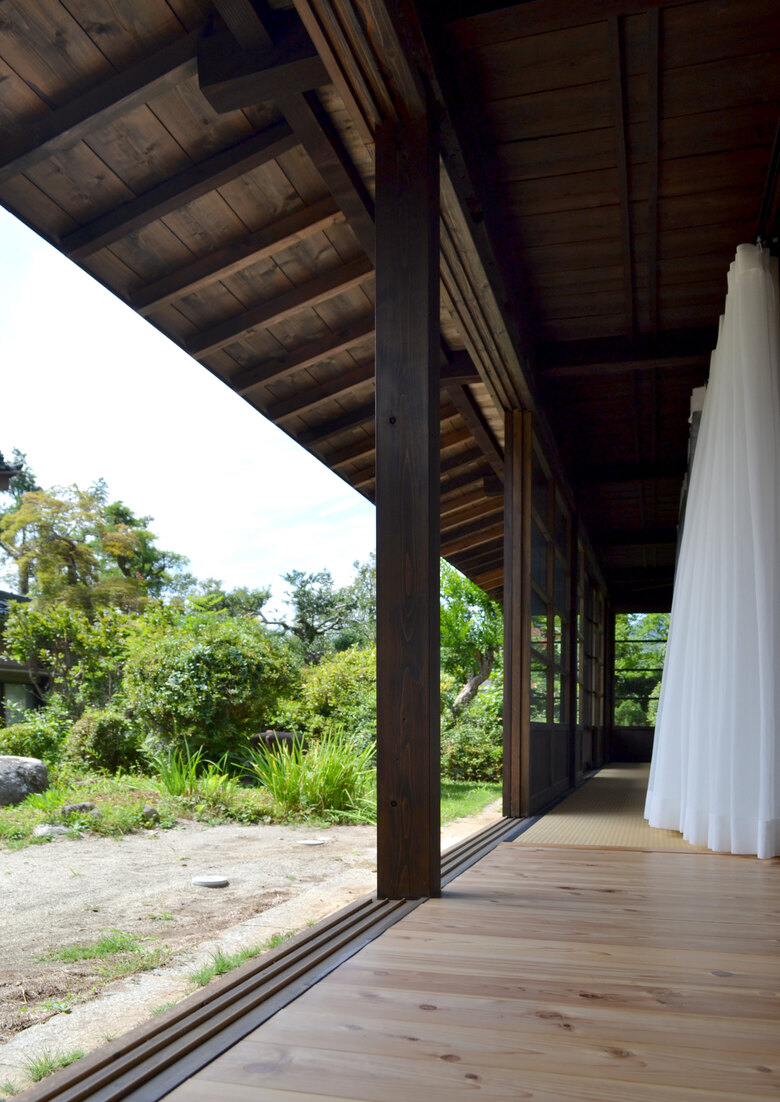
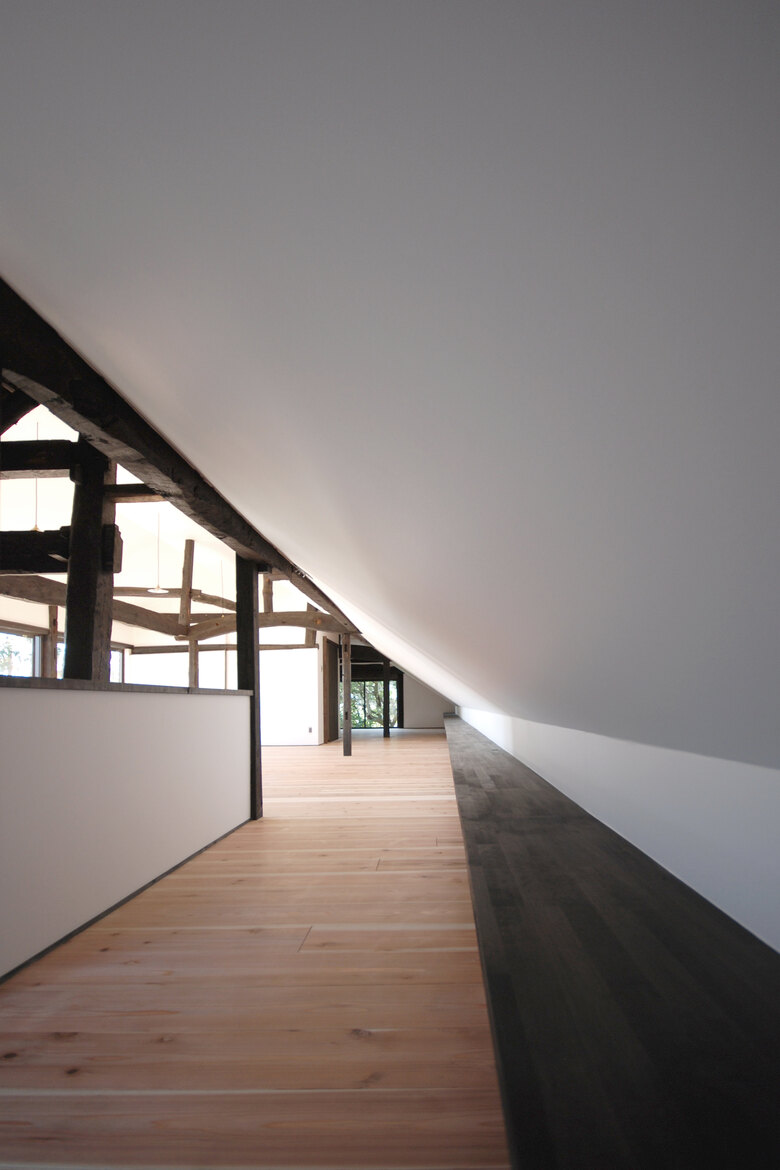
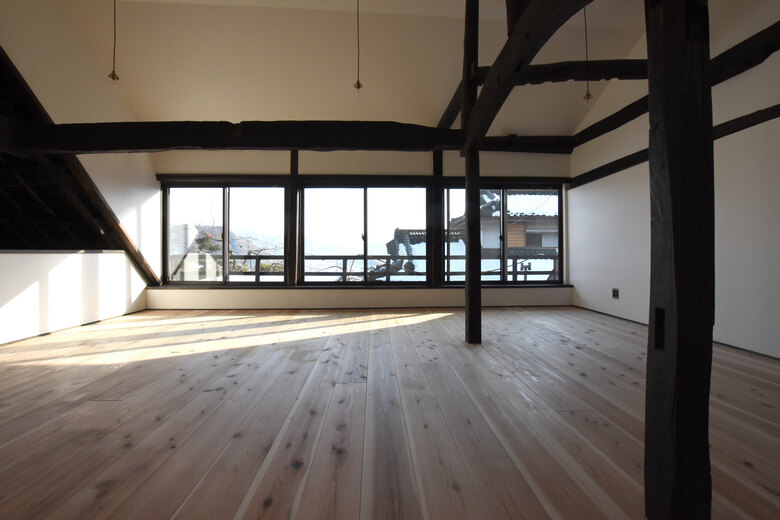
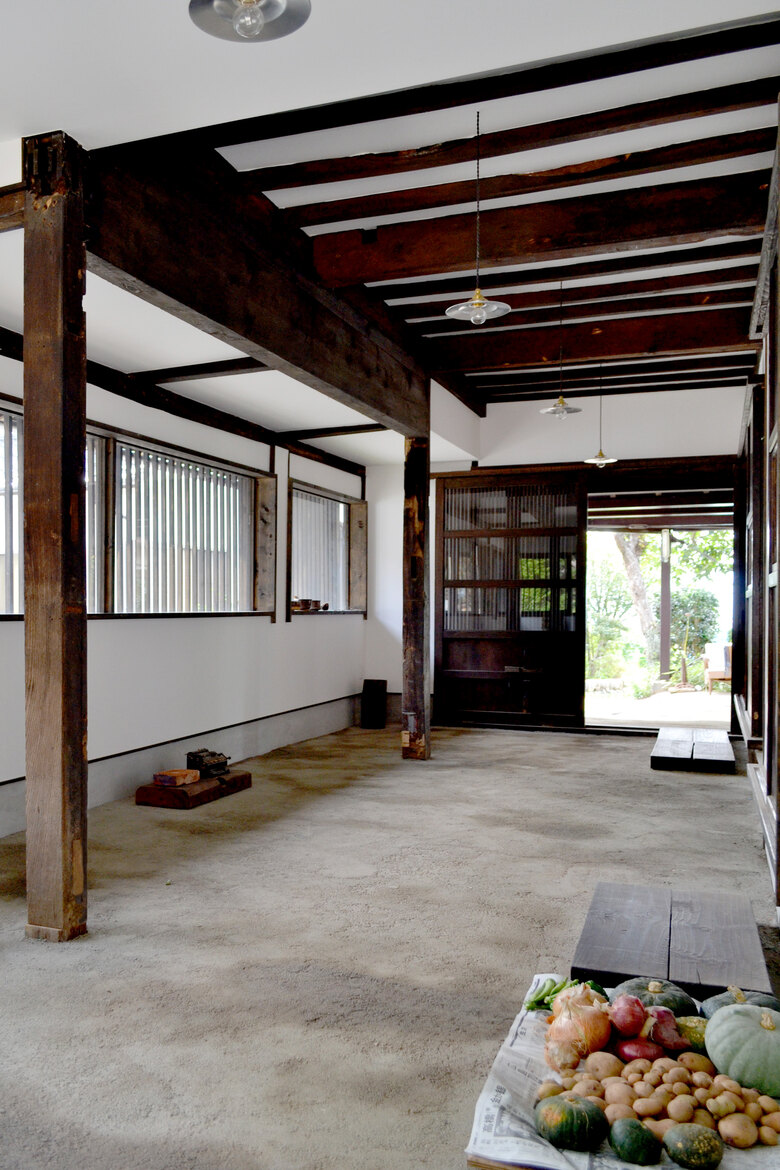
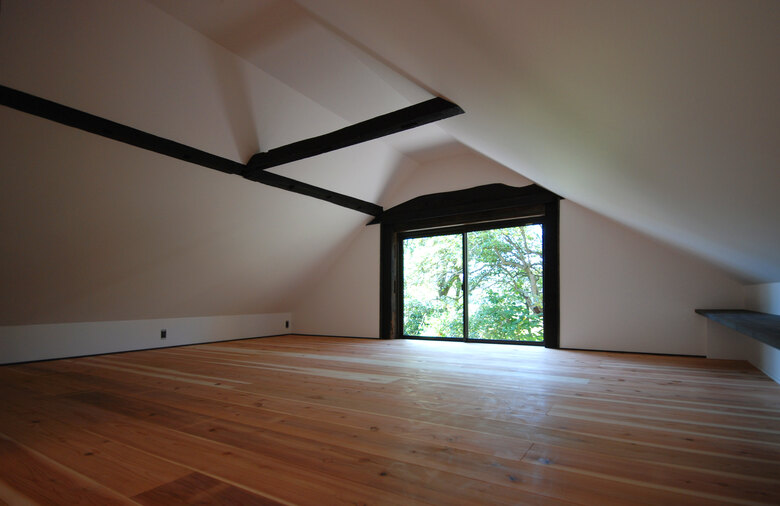
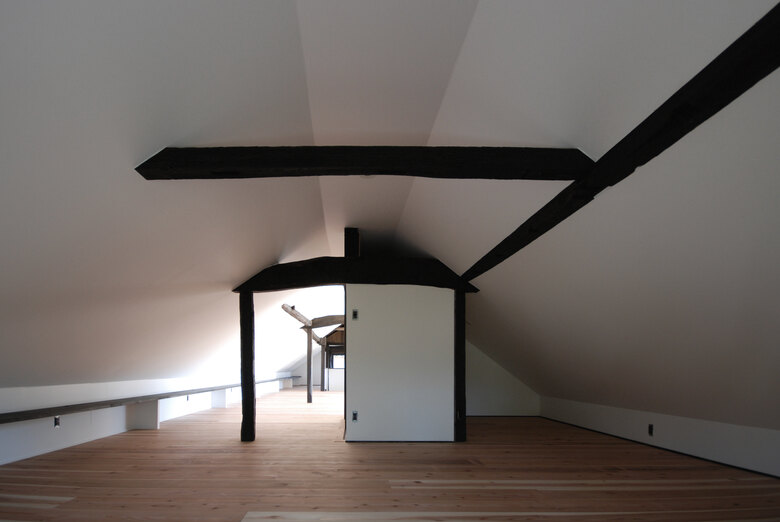
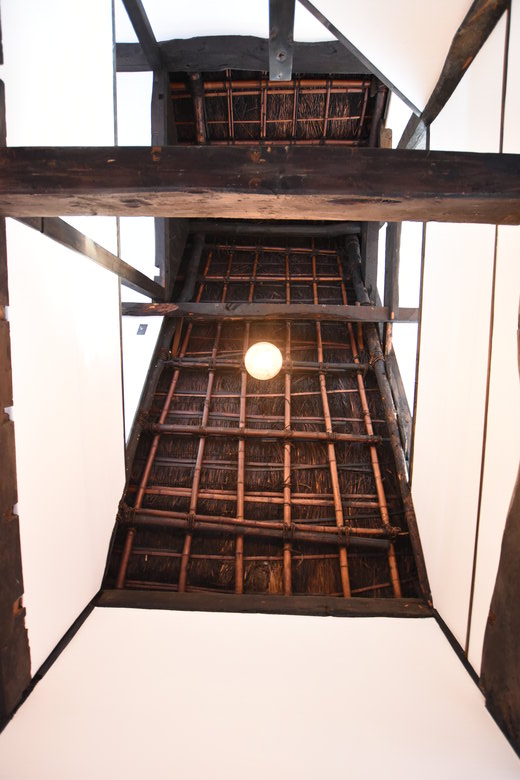
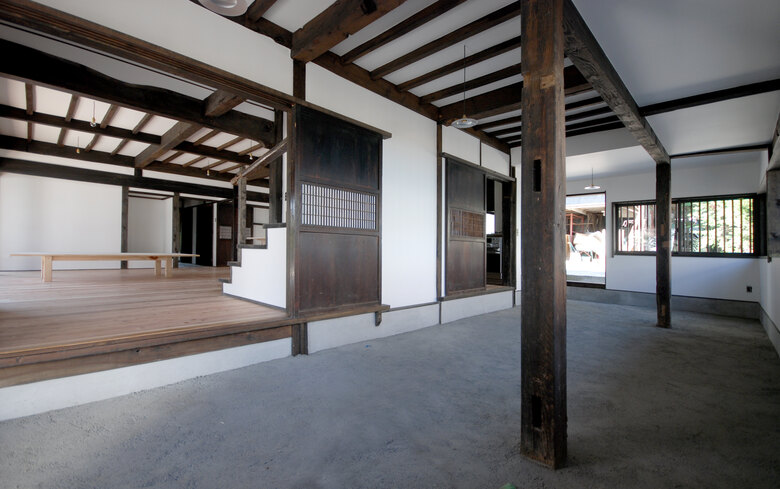
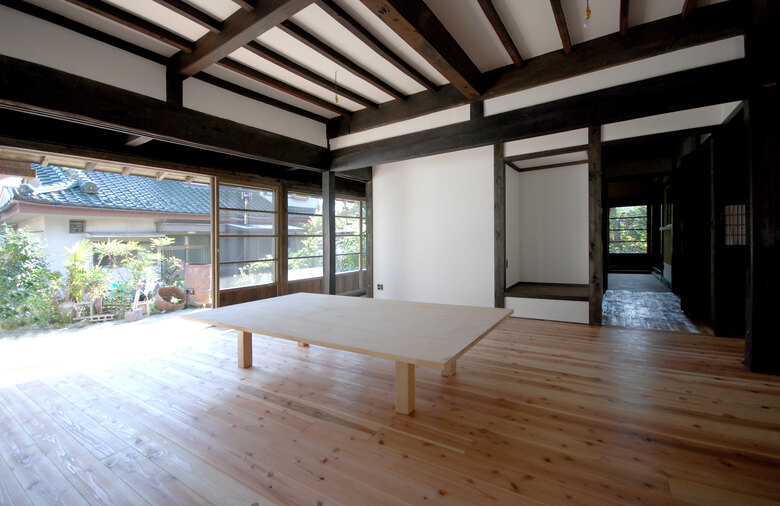
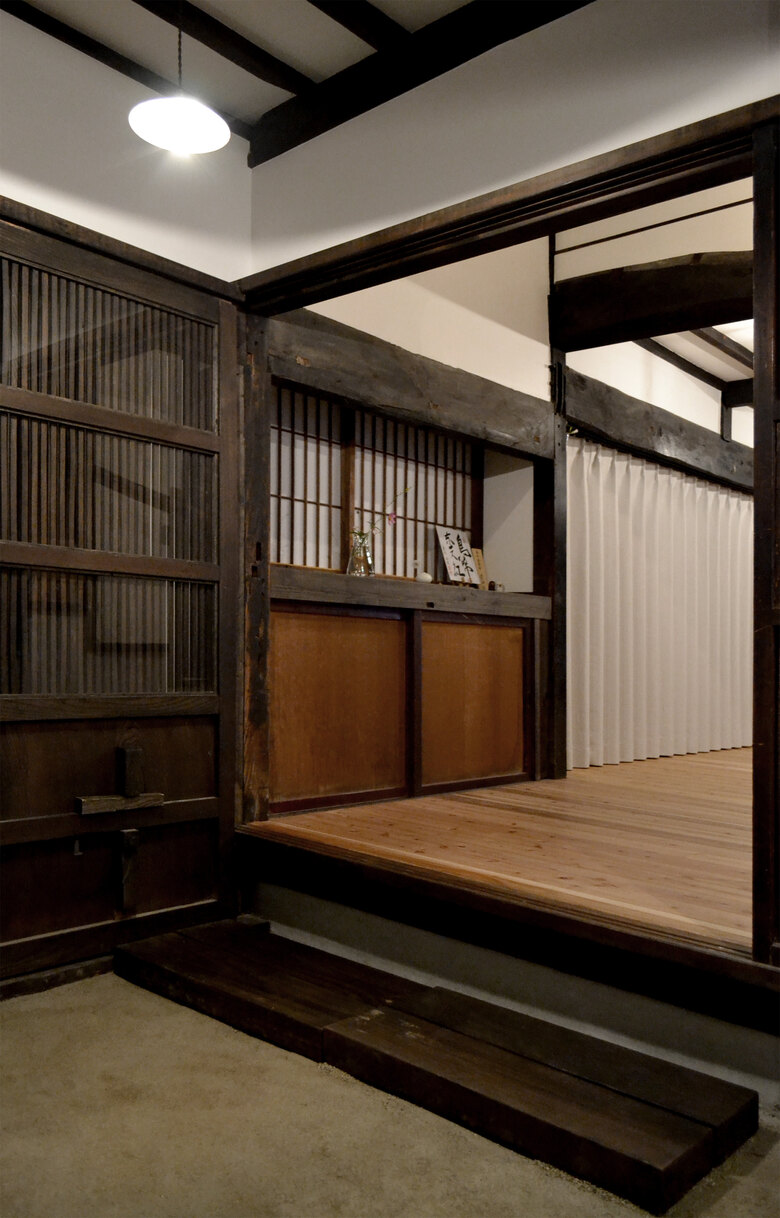
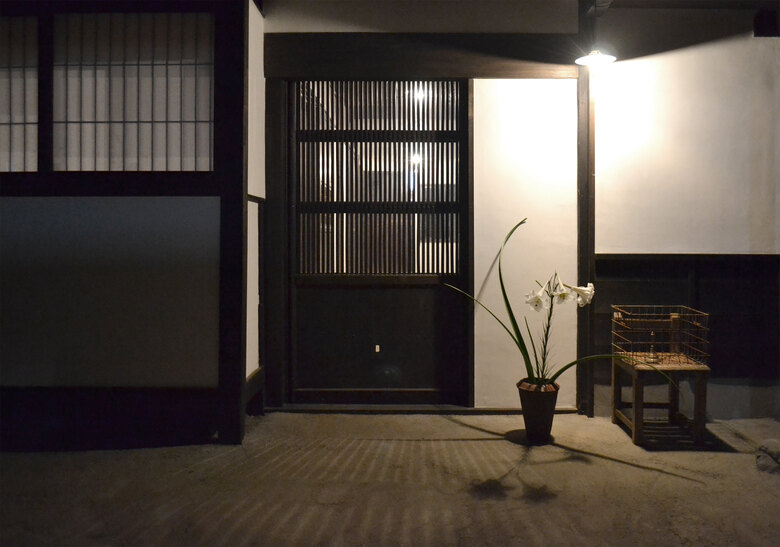
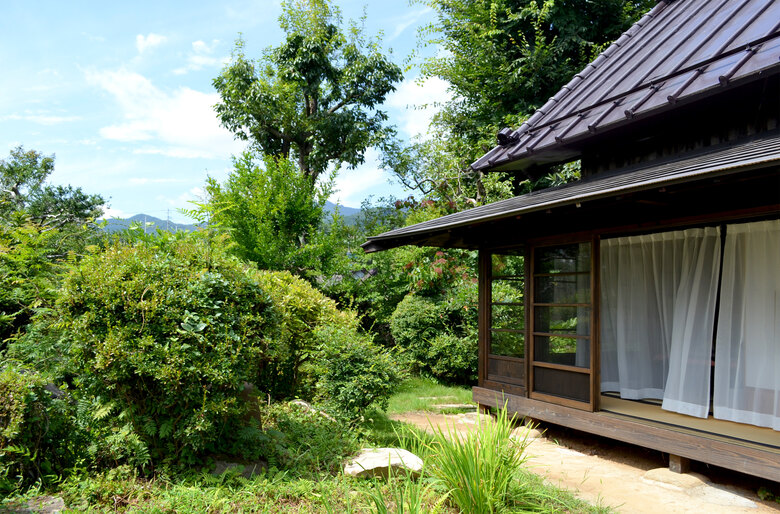
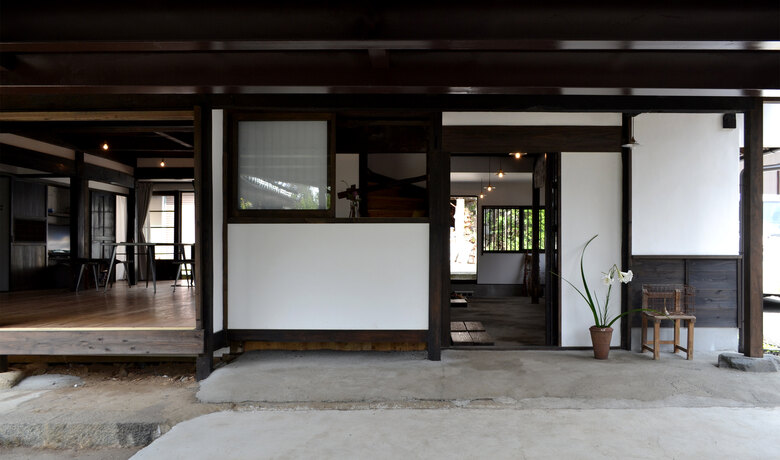
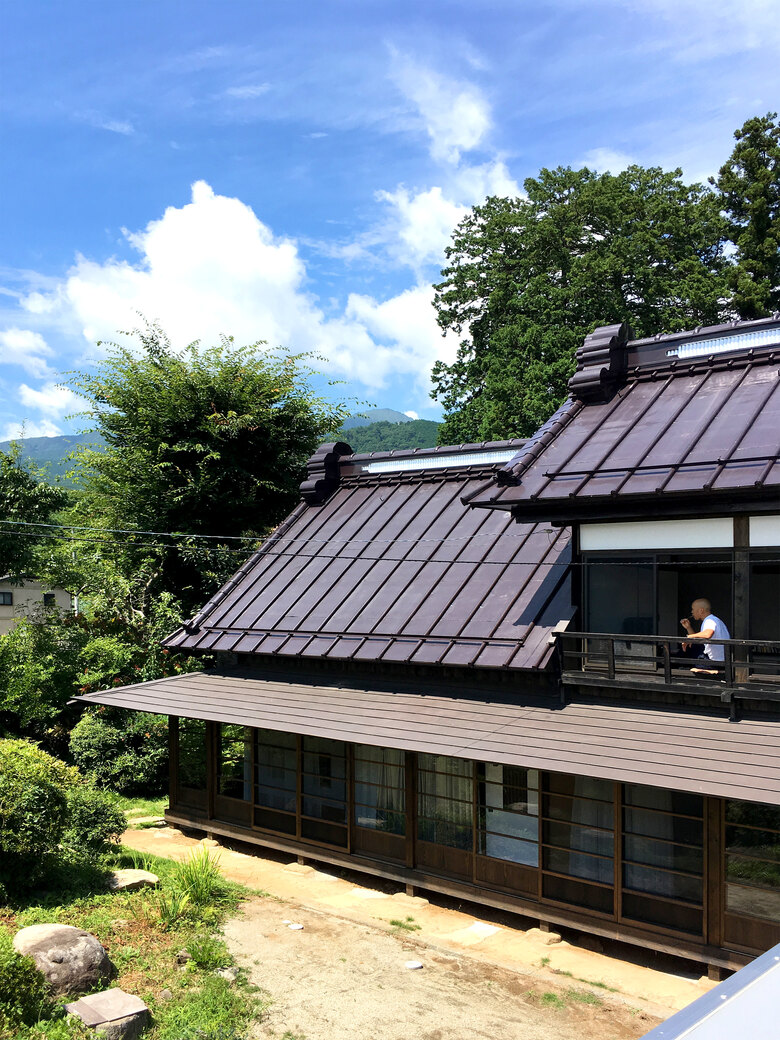
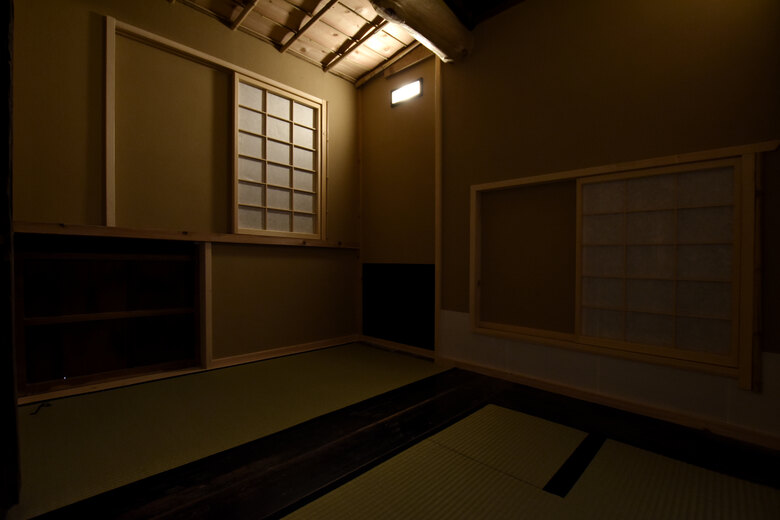
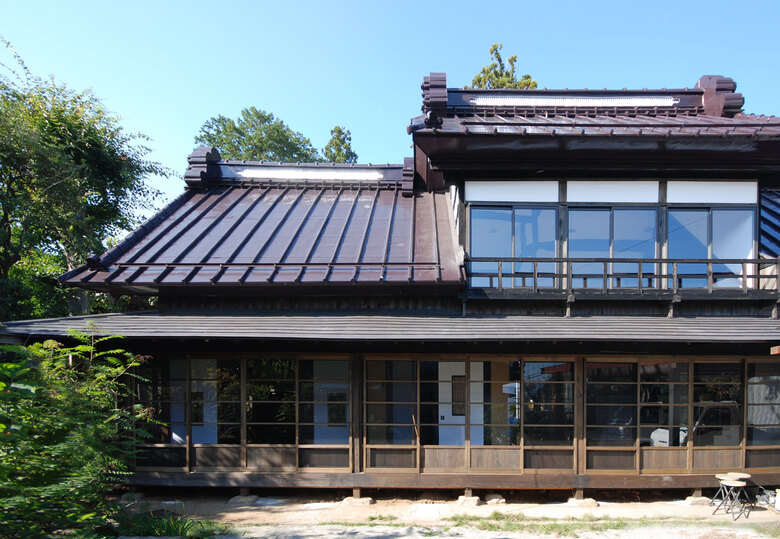
設計:SAKUMAESHIMA
用途:専用住宅
延床面積 : 198㎡
所在地:山梨県
竣工年:2017年1月
Design: SAKUMAESHIMA
Use: Private housing
Total floor area: 198㎡
Location: Yamanashi
Completion: January 2017